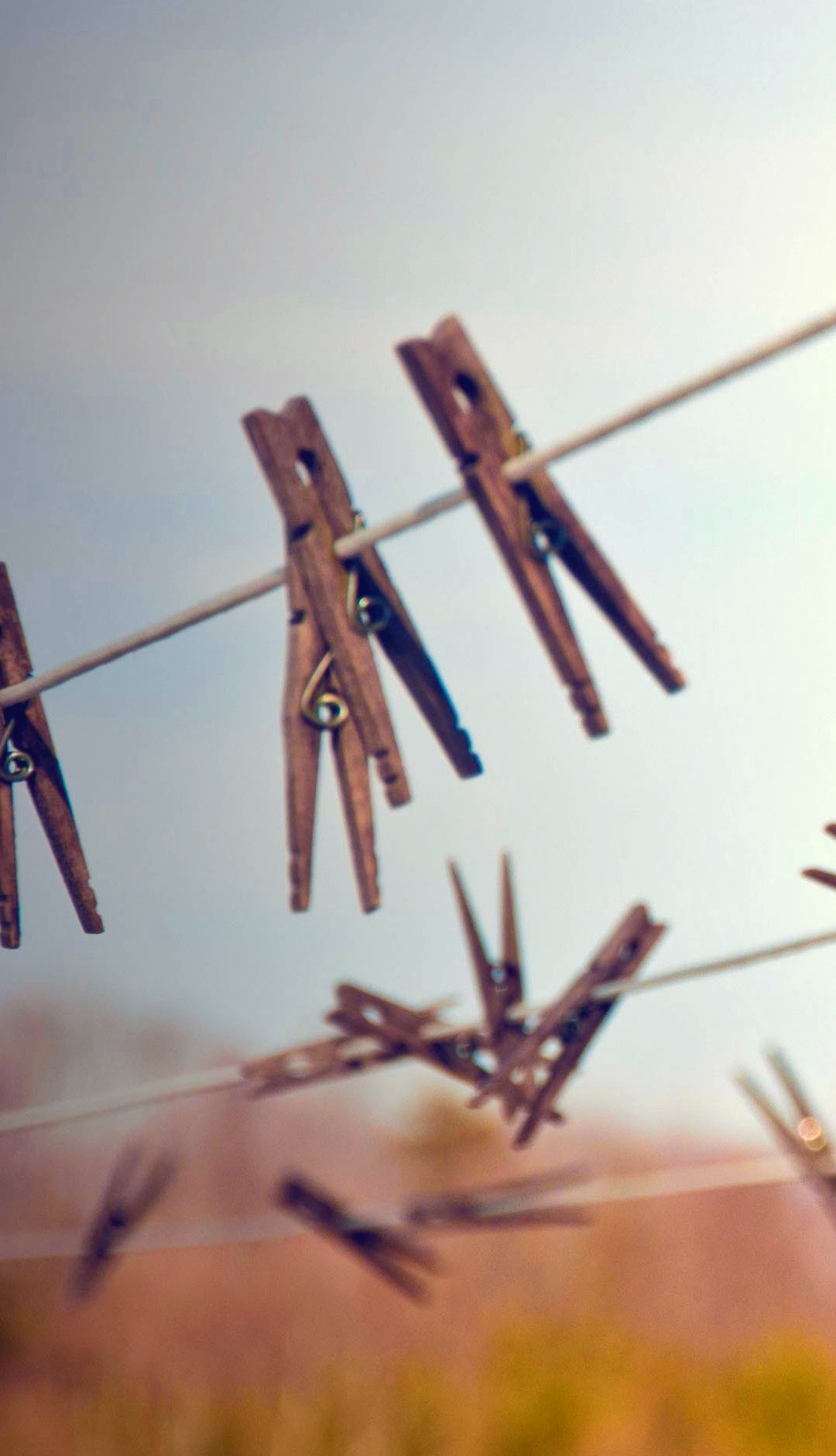
What’s the cleanest most efficient form of transport? What is the most cost effective solar technology? When considering, don’t mistake sophistication for elegance. If humans want to fix our society before it all implodes, we need to chose solutions that actually reduce our carbon and energy footprint, and not give us false positives. The original list of seven sustainable wonders of the world was started in 1997 By Alan Durning of the Sightline Institute (highly recommended group, BTW). The amazingly brilliant system analyst, Donella Meadows (now deceased), heard of the list in 1999 and expanded upon it. What these whole systems thinkers considered truly sustainable technologies are any basic yet revolutionary technologies that allow humans to live gently on the Earth. What qualifies for the list, to paraphrase Donella Meadows, is “kindness to the earth and to human health, accessible to anyone, locally made, inexpensive to obtain and maintain, mostly old in concept with versions that have evolved in many cultures, runs on solar energy with no pollution, reusable, and biodegradable” – Seven-Plus Wonders of Sustainability. Here’s the list:
The bicycle — the most energy-efficient form of transport ever devised. It doesn’t emit pollution, it runs on renewable energy, it makes its user healthier, it’s easy to repair, it requires little in the way of pavement or parking lot, and 80 percent of the world’s people can afford one. (Only 10 percent of the world’s people can afford a car.)
The clothesline — even more affordable than the bicycle, just a length of rope, runs on solar energy, no electricity, no pollution, and your clothes come out smelling sweet.
The ceiling fan — a fan makes a space feel 9 degrees F. cooler than it really is. A typical ceiling fan draws no more than 75 watts, only one-tenth as much as an air conditioner.
The condom — protects against some of the world’s worst diseases, gives parents control over the size and timing of their families, helps control population growth. Those are big jobs for a flimsy tube of rubber.
The public library — the written wisdom of the world at the fingertips of anyone with a library card! The average American pays $20 a year in taxes to support public libraries. A book that is loaned ten times cuts not only cost but paper use per read by a factor of ten.
The root cellar — temperature controlled by the earth, a way of storing many vegetables and fruits without moving parts, canning jars, boiling or freezing.
The basket — baskets, made all over the world by skillful hands out of renewable, biodegradable material, are lightweight, strong, beautiful, and reusable over and over.
Meadows goes on and on, and so can you: the olive tree, the sari, the compost pile, the knitting needle, the canoe. . .
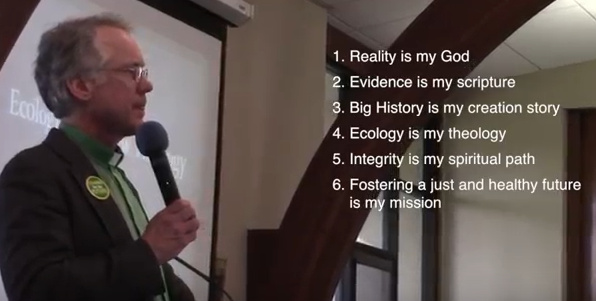
“We will either go extinct or come home to reality. Anything that is unsustainable will at some point not be sustained, it’s self terminating”
Michael Dowd
Are humans a self terminating species? Check out Rev. Michael Dowd’s presentation “Ecology Is the New Theology“. He talks about Grace Limits among other things https://youtu.be/6APJ8dUrGsg
For the future of humans the most important ecological concept is Carrying Capacity or Grace Limits in spiritual language. We cannot squander the gifts we have inherited.
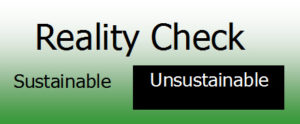
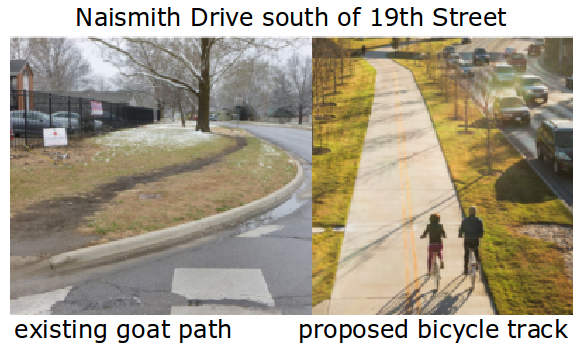
Are you one of the 59% of Lawrencians who would bicycle more if it were safe? Is a bike lane six-inch paint line no margin for safety? Do you not let your children bicycle to school? We’ve waited 41 years since the Pedalplan was adopted but not enacted, and it’s time to build at least one, major, safe bikeway each year.
A Naismith Drive bicycle track is a priority. From 19th to 23rd St., Naismith Dr. forces cyclists to share narrow street lanes with trucks, buses, and autos. In fact, no sane cyclist does that, but instead rides on the narrow sidewalk which endangers pedestrians – a lose/lose situation. Disgruntled pedestrians are forced to walk on a muddy goat path on the east side of the street.
Bicycles have a zero carbon footprint, powered by carbohydrates, not hydrocarbons. Autos use 34% of U.S. transportation petroleum. Everyday cycling to work and school and for errands is one of the easiest ways to reduce greenhouse gas emissions. But bikeways must be safe!
Despite proposing millions in motor vehicle projects, city staff have recommended NO bikeway projects in the budget they sent to City Commissioners. The Commission needs to hear that residents want safe bikeways in Lawrence!
Please take one minute now to call or email Lawrence City Commissioners, and tell them:
“I want the city to fund at least one major bikeway project every year. Please fund the Naismith shared use path this year, budget line item #CI 1810”
Lawrence City Commissioners:
Mayor Leslie Soden – <lsoden@lawrenceks.org> (913)890-3647
Vice Mayor Stuart Boley – <sboley@lawrenceks.org> 979-6699
Lisa Larsen – <llarsen@lawrenceks.org> 331-9162
Mike Amyx – <mamyx@lawrenceks.org> 843-3089
Matt Herbert – <matthewjherbert@gmail.com> 550-2085
For more information, see the city budget submission at – Naismth bicycle track_2018 budget.pdf.
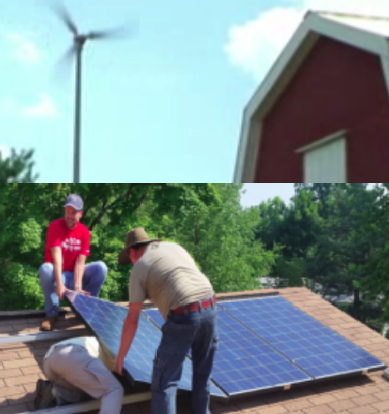
The deadline to send comments to the KCC is Friday, 26 May 2017, 5:00pm.
After Westar Energy asked the Kansas Corporation Commission (KCC) in 2015 if they could raise their monthly residential service charge to $50 for folks with rooftop solar or small wind, Westar withdrew the request and agreed to hearings to determine a fair rate structure. A series of hearings has begun, and the public comment period is now open.
Depending on how these hearings go, Kansas may get a solar tax of such magnitude that it would severely punish many existing solar customers and make going solar prohibitively expensive. To forego such a punitive solar tax, it’s important to flood the KCC with public comments in favor of waiting, and carefully studying the solar issue before making major changes in rates. Cromwell Solar, who is an intervenor in the case, said “The anti-consumer proposals put forth by the utilities hurt Kansans by forcing additional fees onto solar customers without first determining the appropriate amount of those fees, or even the necessity of those fees at all. The new rate structures suggested are designed to penalize those going solar, and not to fairly distribute costs”.
A very good explanation of the issue can be viewed at – Protect Solar Choice in Kansas. Cromwell Solar suggests you make some key points when commenting:
-
The KCC should study the real impact that the 450 solar customers (of 690,000 total) has on Westar, before imposing new rates
- Westar’s proposed solar tax of higher flat fees and a new demand charge are arbitrary, not based on a cost-benefit analysis
- A study of the benefits and costs of solar is needed by a neutral 3rd party
- Net-metered solar does benefit Westar with greater transmission efficiencies and lower fuel costs
- Punitive rooftop solar rates restricts one’s ability to enjoy their property by freely choosing solar electricity
- Net metering and parallel generation are different in type and scale, and should not be lumped together in rates
After reading Protect Solar Choice in Kansas, there are three ways to submit comments:
- Use the KCC comment form at – Send Public Comments on Solar Rate Docket 16-GIME-403-GIE.
- Send a written letter to the Kansas Corporation Commission, Office of Public Affairs and Consumer Protection, 1500 SW Arrowhead Road, Topeka, KS 66604-4027. Be sure to reference Docket #16-GIME-403-GIE.
- Send comments through – CREDO mobilize: Protect Solar Choice in Kansas.
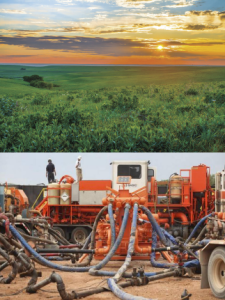
In August of 2016, we reported that an earthquake of 5.6 magnitude with an epicenter near Pawnee OK was felt on 27 August across the Midwest, including in Lawrence KS. The Oklahoma Geological Survey said that it considers the cause very likely to be wastewater wells from oil and gas fracking operations. With virtually no significant tectonic activity since the Pennsylvanian and Permian periods, Oklahoma has seen an unnatural jump in earthquakes in direct parallel with fracking operations. In 2009 there were only 3 quakes of 3.0 magnitude or greater, yet in 2013 there were 109, in 2014 there were 585, and in 2015 there were 907. Oklahoma has thousands of fracking wells, far more than does Kansas, in part because the geological formations are more favorable, but also because their former Attorney General worked hand in glove with the oil industry – Scott Pruitt.
Fracking was invented at the University of Kansas in the late 1940’s, and the first vertical fracking well was drilled in 1947. Since 2009, the industry has turned to horizontal fracking, extending sideways for thousands of feet from the bore hole. In 2012 over 140 horizontal wells were drilled in the state, up from 50 in 2011 and 10 in 2010. The Kansas Geological Survey links earthquakes to fracking waste disposal, and has increased restrictions as a result of the 2016 frackquakes – Kansas tightens fracking restrictions.
Until now, Kansas fracking has clustered near the Oklahoma border, but in January of 2017, the Kansas Corporation Commission (KCC) received a fracking application for near Burdick KS. This is in the heart of the Flint Hills, about 100 miles north of Wichita, and 30 miles south of Junction City. The application has been wending its way through the KCC hearing process, and receiving lots of opposition from farmers and ranchers, as well as city dwellers – Fracking the Flint Hills?. In addition to being only 14 miles from the National Tall Grass Prairie Preserve, the site is in the Humboldt Fault Zone near the Nemaha Uplift. This geological fault zone has been of serious concern for the Wolf Creek Nuclear Plant, though the operators say it is designed to withstand a 7.0 Richter scale earthquake. If you are concerned about pressurized fracking waste water being injected into the rock under the Flint Hills, you might want to send you comments to the KCC at – Stop fracking operations in the Flint Hills of Kansas near the National Tall Grass Preserve.
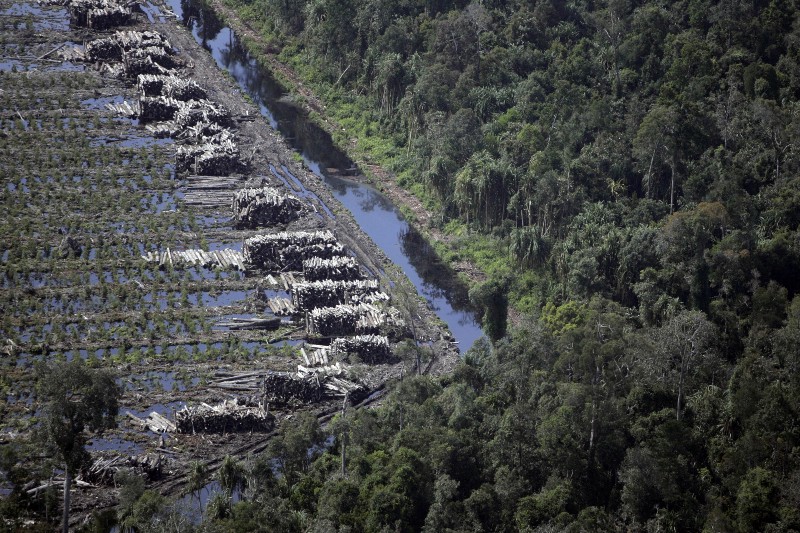
Acacia logs, Sumatra island, Indonesia
The world’s forests hold 50% more carbon than the atmosphere. According to estimates by the UN Food and Agriculture Organization, the net loss of forests releases around 1.2 billion metric tons of this carbon to the atmosphere each year, or about 15% of total annual man-made emissions. More importantly, as trees grow, they breath in carbon from the atmosphere to photosynthetically make their cells. Absorption of CO2 is a key ecological service of forests that cannot be done as effectively or cheaply by carbon capture technologies like deep geological injection of CO2, or in the form of mineral carbonates. Considering that the atmosphere is now at 410 parts per million of CO2, humans must not just reduce our emissions, but we must remove CO2 from the atmosphere. Forests do that, without any effort by humans.
But not only are humans making climate disruption worse through deforestation, we’re shooting ourselves in the collective foot by killing our best ally for fighting climate disruption. A progressively hotter and dryer climate is weakening forests by drought and disease and fires. In turn, the forest loss is driving climate disruption to further extremes. Huge sectors of the Amazon rainforest suffered drought die-off in 2005 and 2010, a highly unusual sequence of events. As the world’s largest forest, the Amazon forest growth absorbs more than 25% of total CO2 annual absorption by plants. But scientists are projecting a possible 85% shrinkage of the Amazon forest. if the Amazon switches from a carbon sink to a carbon source that prompts further droughts and mass tree deaths, such a feedback loop could cause runaway climate change – We’re Cutting Down One Of Our Best Defenses Against Global Warming. Similar phenomena are happening elsewhere – Global warming increasing tree deaths in western US, scientists warns. The prime example of a triple handicap is the Canadian tar sands mining, which not only have destroyed more than 2 million acres of boreal forests, releasing all the carbon in the wood and eliminating the trees’ CO2 capture, but also is pumping 1.3 billion tons more CO2 into the atmosphere than would the same amount of conventional oil, according to 2015 EPA testimony. Canada’s boreal forest is 54% of world’s total, and boreal forests capture and store twice as much carbon dioxide as tropical forests.
The two essential steps that must be done are to stop destroying the forests, and to plant more trees. Some progress is being made on the deforestation front. According to the Union of Concerned Scientists, deforestation has declined since 2005, based on several different sources of data. But there can be considerable fluctuation from year to year, depending on climate shifts and market pressures. We can hope the trend continues. People can act individually or by organizing groups to plant more trees. In Kansas City MO, the Parks & Recreation Department is partnering with the Heartland Tree Alliance to provide free trees to property owners, plant it along the street, and ask only that you water it for the first two years. Sign up for the program at – Free Trees for KCMO – Heartland Tree Alliance. Other places to get trees for cheap are – Missouri Department of Conservation: tree seedlings, Kansas Forest Service Trees, and Arbor Day Tree Nursery.
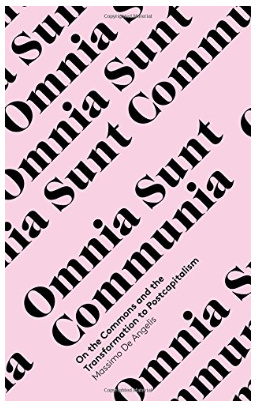
Peter Linebaugh,s gives us a great review of Massimo de Angelis’ book Omnia Sunt Communia: On the Commons and the Transformation to Postcapitalism . It made me want to go out and get the book. Linebaugh fills in much in the broad story of the privatized of the commons, the means of production and means of subsistence, in the control of the One Per Cent. You can read the review here: http://www.counterpunch.org/2017/04/28/omnia-sunt-communia-may-day-2017/
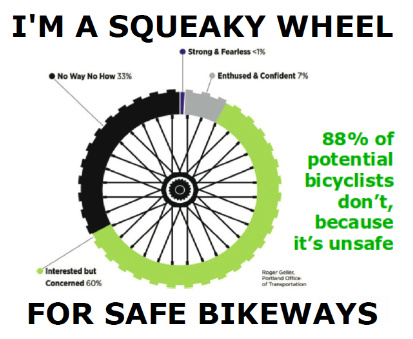
Sustainability Action, in consultation with the Pedestrian Coalition, submitted four bicycle-pedestrian projects. We want the City to build at least one major bike-ped project each year, rather than Public Works dribbling out the $450,000 as a sharrow here, a sidewalk ramp there, or as unusable bicycle lanes on 45-50mph major streets.
The squeaky wheel gets the grease, as the saying goes. Be a squeaky wheel for safe Bikeways.
Be a squeaky wheel on Tuesday, April 11th, 5:45pm, Lawrence City Hall. There are many competing interests for scarce budget funds. You will make a difference by being there. Sweek Loud and Proud.
Read more here: Be a Squeaky Wheel for Bikeways
WEEKLY NEWSLETTER
If you appreciate the news and events that we bring you every week, please
donate to Sustainability Action.
THANK YOU!
The Sustainability Action Network is a non-profit organization that is bringing awareness of a global crisis caused by climate change, energy depletion and economic instability to communities in the Kansas River bioregion. We are initiating positive solutions inspired by the Transition and Permaculture Movements. We bring the tools needed to re-skill and re-localize our economy and create more socially just and ecologically sustainable society and world. Sustainability Action is a silver level Guide Star participant, demonstrating its commitment to transparency.
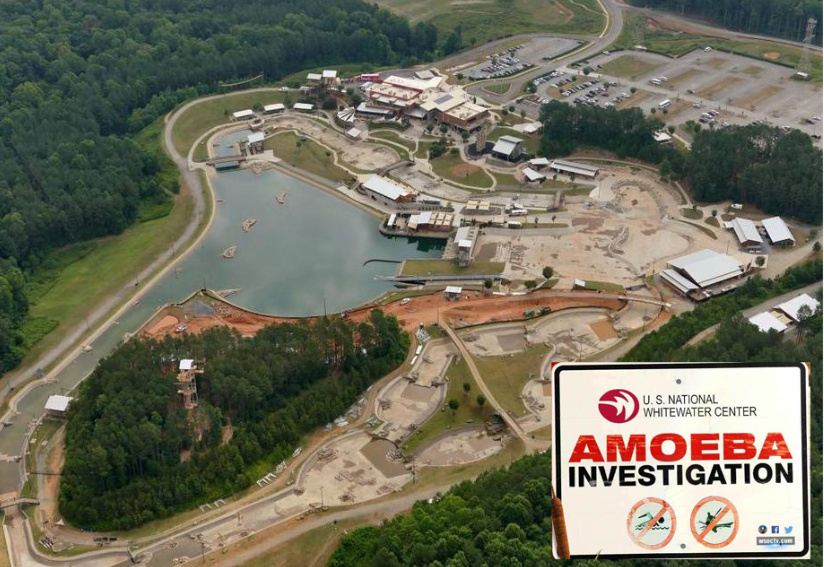
The Jayhawk Audubon Societies’ opposition to the Plei whitewater recreation center currently proposed for Clinton State Park is laid out in their policy statement: Here
Local opposition is organizing at the Facebook Page, No Whitewater Theme Park at Clinton Lake
Sustainability Action Network will be exploring Current policy and will be adding our voices to the frey.
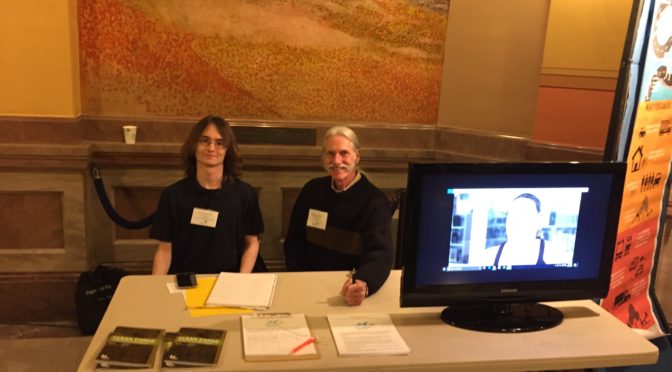
On Thursday, March 16, CleanAirNow members Daniel Beall-Hall and Michael Almon attended the Climate + Energy Project WEALTH Day at the Kansas State Capitol, and hosted a booth at the Solutions Showcas
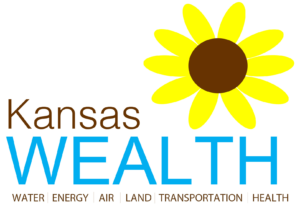 e.
e.
Michael Almon is also a board member of Sustainability Action Network, fiscal sponsor of CleanAirNow.
Approximately 200 people attended Wealth Day, and participated in briefings, presentations, lunch, and other activities. Other sponsors with information tables included the Kansas City, Kansas chapter of the NAACP and the Kansas Sierra Club.
WEALTH Day was an excellent event and great opportunity for CleanAirNow to share information about the health effects of air pollution with elected officials and members of the public.












